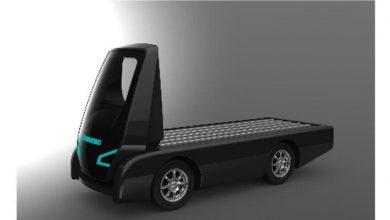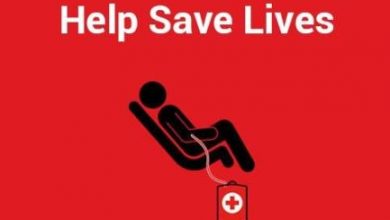Exploring the World of Skeuomorphism in Web Design

Exploring the World of Skeuomorphism in Web Design
When it comes to web design, there are various approaches and styles that designers adopt to create visually appealing and user-friendly websites. One such style that has gained popularity in recent years is skeuomorphism. In this blog post, we will dive deep into the world of skeuomorphism in web design, its characteristics, and its advantages.
What is Skeuomorphism?
Skeuomorphism is a design technique that imitates the physical properties and characteristics of real-life objects in digital interfaces. It involves using visual elements such as textures, shadows, gradients, and even sounds to mimic the look and feel of their real-world counterparts. The purpose of skeuomorphism is to create familiarity and enhance user experience by making digital interfaces intuitive and recognizable.
Characteristics of Skeuomorphic Design
Skeuomorphic design is known for its attention to detail and realism. It focuses on creating visual elements that closely resemble real-world objects. Some key characteristics of skeuomorphic design include:
1. Textures and materials: Skeuomorphic design often includes textures and materials such as wood, metal, or leather to mimic the physical properties of the objects being represented.
2. Shadows and gradients: Designers use shadows and gradients to create depth and dimension, making the digital interface appear more realistic.
3. Skeuomorphic icons and buttons: Icons and buttons in skeuomorphic design are designed to resemble physical buttons or objects, making them instantly recognizable and intuitive for users.
Advantages of Skeuomorphic Design
While there has been a shift towards minimalistic and flat design in recent years, there are still several advantages to using skeuomorphic design in web design:
1. Familiarity and intuitiveness: Skeuomorphic design creates a sense of familiarity for users by imitating real-world objects. This enhances user experience as users can easily understand and interact with the interface.
2. Emotional connection: Skeuomorphic design can evoke emotions and nostalgia by mimicking familiar objects. This emotional connection can make the user experience more engaging and memorable.
3. Accessibility: Skeuomorphic design can be particularly beneficial for users with disabilities. The visual cues and familiar elements make it easier for them to navigate and interact with the interface.
Frequently Asked Questions (FAQs)
Q1: Is skeuomorphic design still relevant in today’s web design trends?
Yes, while flat design and minimalistic approaches have gained popularity, skeuomorphic design still has its place in web design. It offers a unique and immersive user experience that can be particularly effective for certain industries or target audiences.
Q2: Should I use skeuomorphic design for my website?
The decision to use skeuomorphic design depends on several factors, such as the nature of your business and your target audience. It’s important to consider your brand image, user preferences, and the overall goals of your website. Consulting with a professional web designer can help you make an informed decision.
Q3: Can skeuomorphic design slow down website performance?
While skeuomorphic design involves more visual elements, it doesn’t necessarily mean it will slow down your website’s performance. Proper optimization techniques, such as image compression and code optimization, can be implemented to ensure fast loading times and smooth user experience.
In conclusion, skeuomorphic design in web design offers a unique and immersive user experience. By imitating real-world objects, it creates familiarity, enhances usability, and evokes emotions. While it may not be suitable for every website, it still holds relevance and can be a powerful tool in creating engaging and visually appealing digital interfaces.



